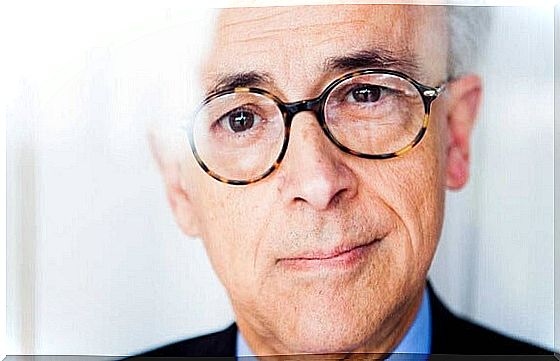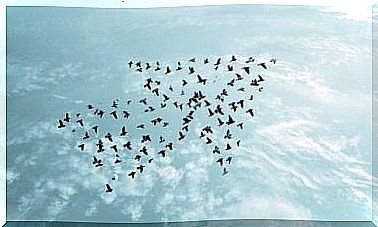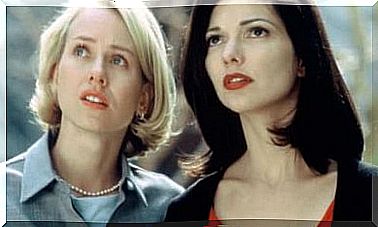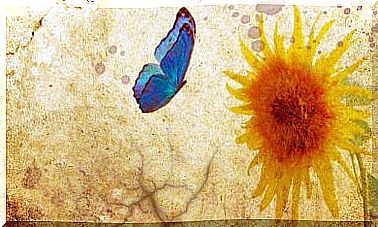Emotions Have Two Faces
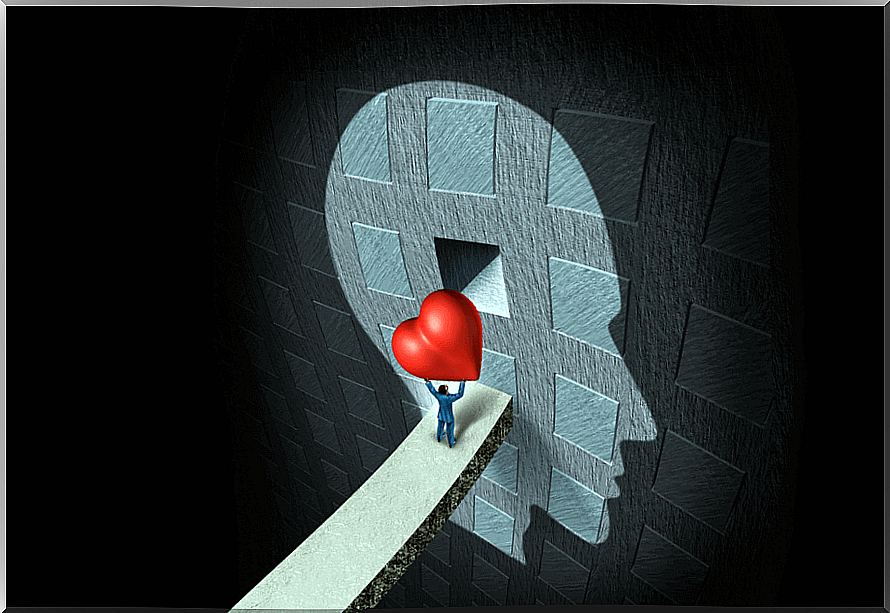
The emotions are one of the most important contents of our psychic life for what they represent, for their universal course and for their capacity to condition the thoughts and the physiological processes. Indeed, they can change our heart rate, the pause in our breathing or the conductivity of our skin.
But emotions are also essential for what they inspire, and because they make it possible to recognize in others people like us in joy, pain or surprises. People like us in the main, because in reality if you look at the details, we are all very different. No two faces are alike with exactly the same wrinkles or expressions, and neither is the emotional echo of each.
In the title of this article, we tell you that emotions have two faces. Each is just as precious as the other, just as both can pervert or turn against us. Who is the first of these faces? No, it is not the face of a king or any other famous face. The first face of emotions is the message: what they tell us, or try to tell us.

The joy tells us, “hey, I don’t know if you noticed, but something good has happened!”. The smile then emerges on our face, which lights up. We become a kind of flower that opens because we want to share what is happening to us with others, as we embrace this emotion with all our strength.
Joy also tells us that we have made the right decision. It validates the process we have chosen and reinforces it, so that when the next similar dilemma presents itself, it is more likely that the same alternative is chosen. In addition, joy makes us more generous, less suspicious, and from the moment we understand the message it sends us, we can also come to feel that we have perhaps been a little “stupid” in us. disturbing as much.
Sadness also has messages for us. It informs us that we have lost something that somehow matters to us. Whether it was a friend, an opportunity or even an object that was important to us. Sadness is also an invitation to take the time to reflect. Usually, it tells us that there is an element that does not correspond to our history that we must work on so that it can fit in without hurting us with its thorns, without hurting us.
Perhaps the emotion that conveys the most powerful message is disgust ; it represents a direct and full invitation to distance ourselves from what caused it. Basically, just as fear alerts us to danger, even if the repertoire of responses to this emotion remains smaller, the most common is that of avoidance.
Joy, sadness and disgust have allowed us here to illustrate the first face of emotions: that of the message. Therefore, here, the function of emotional intelligence is clear since it is a question of knowing how to listen, of knowing how to identify what the emotion wants to tell us. Now, if it is so simple, why in reality is it so difficult for us?
Because it is very rare that we experience only one emotion at a time. How many times have we felt both joy and fear, like when we embark on a new project and suddenly we start doubting and wondering if we are really up to the task. On the other hand, how many times have we felt both joy and sadness, like when we can take advantage of an opportunity but it means giving up many others that we would like too … or when we move and we get closer to some people and at the same time we move away from others.
You come home exhausted, you go to the kitchen to eat something and suddenly you see a kind of black smoke coming from the apartment above. At this point, the fatigue disappears and you activate yourself. The exact same thing happens to a student when he has an exam the next day and is able to string together hours and hours of revisions. Most of the emotions we feel fill us with more energy than any of those sugar-caffeinated drinks you can find in the supermarket.
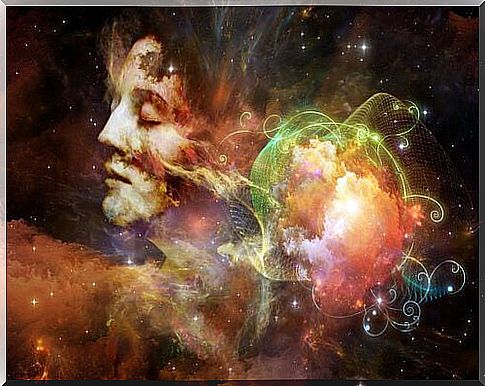
The more intense the emotion, the more energy it brings to us. It can help us a lot if we are in the jungle and a lion comes in front of us, but in the contemporary world, the one we live in today, this energy requires much smarter regulation. For example, with the energy that anger brings to us, we can end up causing a lot of damage, both to others and to ourselves.
With others, because we can say or do something that we will later regret, causing injuries or leaving traces that are as unwanted as they are difficult to erase. With us because we contain this energy and prevent it from escaping. Hence the fact that sport is so good for emotional regulation: it allows us to find a way out of this energy without hurting others, nor ourselves.
Emotions therefore have two faces, and are very powerful elements that can bring us a lot of joy if we know how to channel them intelligently.
